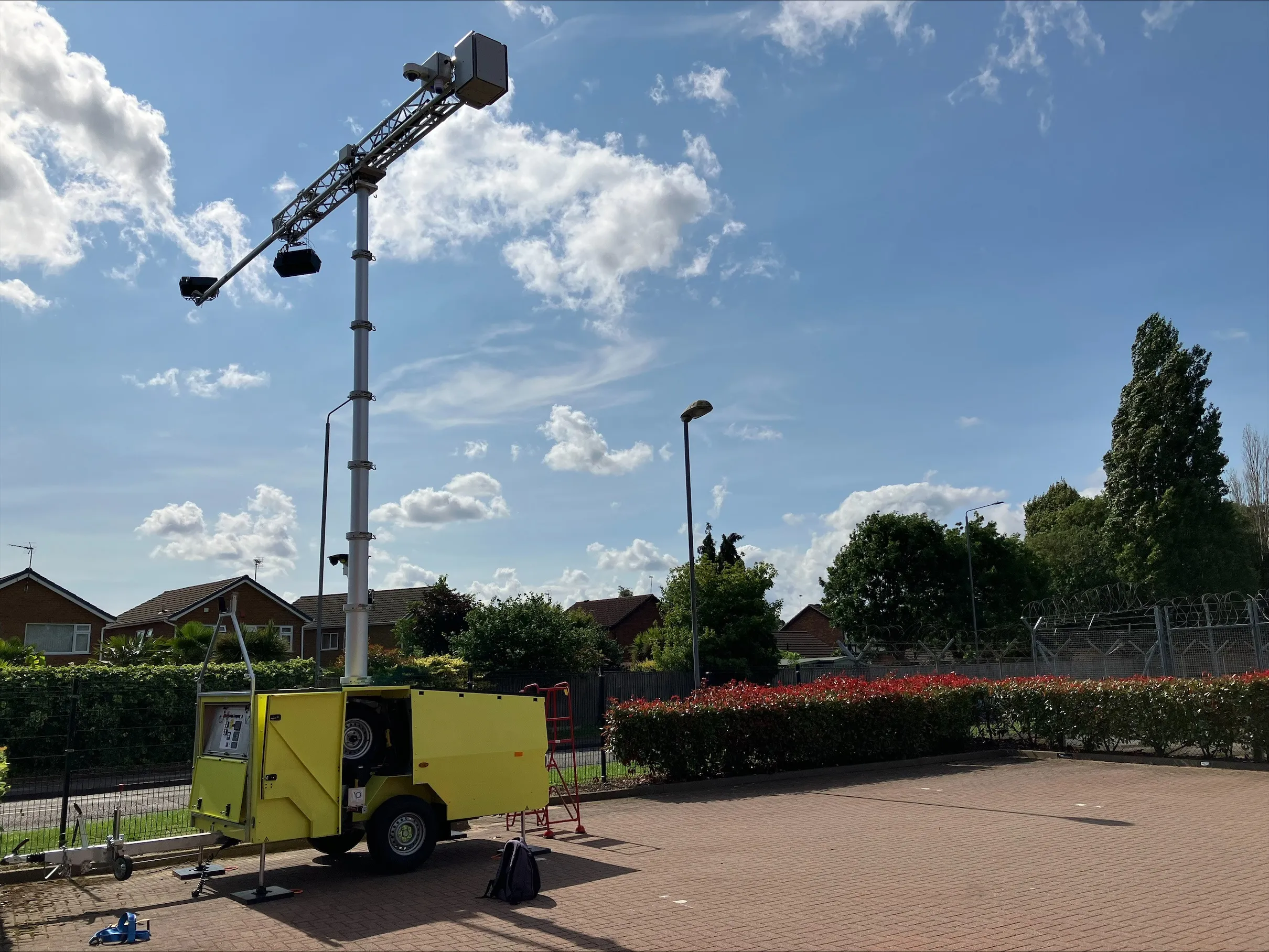The Here Real-Time Traffic service will provide drivers with information on real-time road conditions, including incidents and construction zones. Initially, the service will be available for Model Year (MY) 2019 2019 C-Class, E-Class and S-Class sedans, coupes and wagons. It is also planned to be enabled for MY 2020 A-Class and G-Class models.
Here Real-Time Traffic aggregates and analyses data as well as vehicle sensor data from competing automotive brands.
The service will be available to drivers in the US, Puerto, Rico, Canada, Mexico, Argentina, Brazil, Chile, Colombia, Peru, Venezuela, Australia, New Zealand, Indonesia, Malaysia, Philippines, Singapore and Taiwan.
Additionally, Here has been chosen by Audi as its traffic data provider in North America and Europe.
From the first half of 2019, the Here Real-Time Traffic service will provide Audi with traffic data, giving drivers information about road conditions and incidents. Also, the agreement extends to
Audi models shipping later in 2019 and beyond will feature predictive traffic forecasts as well as information about lane closures and traffic flow for specific lanes on arterial roads, including high occupancy lanes.
Audi plans to integrate Here Real-Time Traffic into existing models in North America which are equipped with an active Audi Connect subscription. In Europe, selected models already on the road will benefit from the service.
Here Technologies to provide live traffic service for Audi and Daimler cars
Here Technologies has announced it has been selected by Daimler to provide live information for its range of Mercedes Benz vehicles across the Americas and Asia Pacific, at CES 2019.
The Here Real-Time Traffic service will provide drivers with information on real-time road conditions, including incidents and construction zones. Initially, the service will be available for Model Year (MY) 2019 2019 C-Class, E-Class and S-Class sedans, coupes and wagons. It is also planned to be enabled for MY 2020 A-Clas
January 11, 2019
Read time: 2 mins









